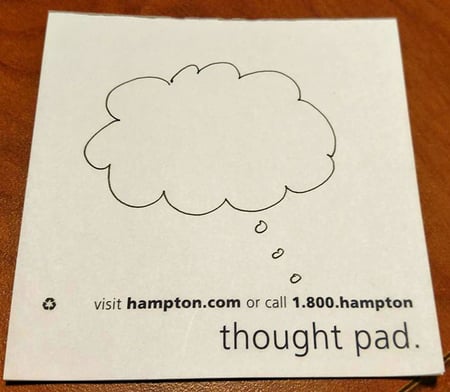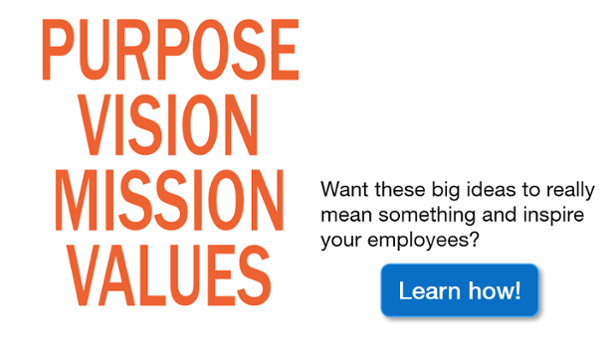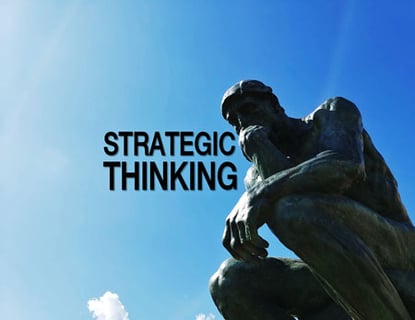I don't have statistically validated data for this claim. I'd be comfortable speculating, however, that a high percentage of productive strategic conversations are wasted.
What do I mean by “wasted” strategic conversations? Those are conversations where no one is actively listening and capturing important ideas and information in ways those participating in the strategic conversations (and others) can use them later.
MAYBE one or more people in a strategic conversation happen to remember what was discussed. Perhaps someone took a few notes. The notes were probably captured, however, in chronological order (i.e., this was said and then this was said), and shared that way. Chronological notes, however, rarely add as much value as they might because productive strategic conversations don’t typically take place in an order that directly supports decisions and actions.
Here’s an alternative approach we use all the time during strategic conversations: listen for specific types of comments and organize them as you go (or after the fact) into strategic deliverables.
For example, before a strategic planning workshop started the other day, an internal client leader held court with the project team. They discussed a large process graphic we were about to address. The strategic conversation was incredibly rich. It had great potential for shaping the foundation for our strategic planning. That was only true, however, because we knew what to listen for amid a lot of extraneous information and idea sharing.
12 Things to Listen for in Strategic Conversations
What types of information should you listen for amid strategic conversations? Here are 12 types of input we captured during the pre-planning conversation:
- Things that “matter” for the organization or initiative
- Aspirations the organization has for changing its current path
- Expectations for what a strategic initiative must include or deliver
- Numbers defining the size of the effort or quantifying its potential benefits
- Speculation about strengths and weaknesses the organization faces
- Facts about the current situation
- Factors influencing the initiative’s success
- Challenges standing in the way of progress
- Descriptions of potential objectives and metrics
- Organizational beliefs and biases
- Specific innovative ideas the organization wants to pursue
- Criteria that will shape decision making
Simply by having a plan for what we would need later during strategic planning, we were able to turn what could have been a wasted strategic conversation into a huge head start in completing our work.
Next time you are involved a strategic conversation, quickly assess what you need from it and start listening for valuable strategic nuggets. - Mike Brown





